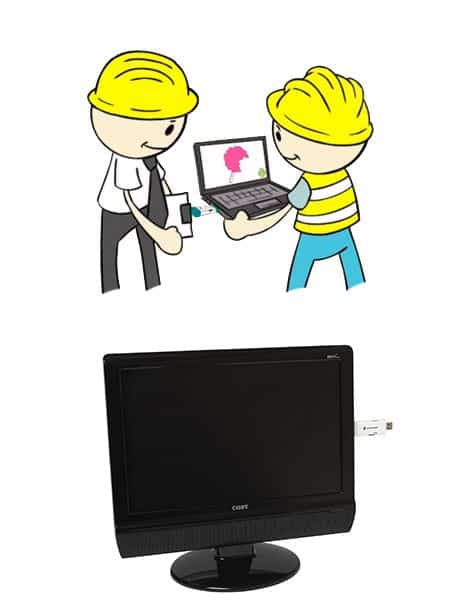MDB MASTER/Slave and EXECUTIVE interface to RS232 or USB (with external USB RS232 converter) serial (PICOVEND SERIAL BRIDGE) It can be, also, used to connect to a Raspberry Pi, Orange Pi and compatible SBC, but for this we recommend the dedicated with many advantages (like an extra ccTalk interface, Raspberry Pi power supply on-board, etc.). The picture may differ. Package includes PICOVEND SERIAL BRIDGE inserted into an ABS enclosure, full VMC and perihperals connecting cable for your selected working mode. The device may be, also, used to analyze the connection between vending machine and payment systems. This interface was developed to integrate together the functions of MDB MASTER DIRECT and MDB SLAVE devices, offering, in the same time an extra Executive to MDB bridge working mode. It offers the following working modes: • MDB master to RS232 serial interface (usable with Raspberry Pi, Arduino or compatible) - that can control one bill validator, one coin acceptor/changer and two cashless devices.

Serial interface, RS232-based, single connector, 3-wire daisy-chain link Remote programming and download capability Easily expandable to add new peripherals Block reserved for customisation by user Technical support and documentation. CcTalk serial communication protocol.
• MDB slave to RS232 serial interface (usable with Raspberry Pi, Arduino or compatible) - that can be connected to any MDB vending machine to provide cashless functionality. • Executive to MDB peripheral bridge to RS232V serial interface (usable with Raspberry Pi, Arduino or compatible) - that can connect MDB payment systems to any Executive vending machine.
Supports one bill validator, one coin acceptor/changer and one cashless device. It supports both Executive price configurations and can be used to implement telemetry and remote cashless payments, by connecting any RS232 serial device to your back-end. Also, you can remotely manage prices and vending options (single/multi vend, maximum credit, maximum change, force vend, etc.). In this mode, interface can also work standalone, connecting MDB payment systems to Executive machines, without other connected equipment, for vending machine upgrade to MDB or vending machine upgrade/retrofit to touchscreen. For firmware starting with 2018-05-15 For firmware starting with 2018-05-15 For firmware starting with 2018-05-15 For firmware starting with 2018-05-15 For firmware starting with 2018-05-15 For firmware starting with 2018-05-15.
So, you want to attach a payment device to your embedded or PC based machine and don’t know a thing about which device and protocol to use. These are the most common protocols used, I have tested more or less all of them: Serial pulse protocol Mostly used on vending or kiddie ride machines where there is no big amounts of money involved. A common configuration is with one data output that sends one pulse per major / minor currency unit and one input to disable the acceptance. Some have individual inputs to enable each coin or bill channel.
On coin hoppers there is an input that runs the hopper motor and an output that send a pulse for each coin paid. The host knows how many coins/bills were paid or accepted by counting the pulses.  This can be problematic on higher value bills or coins, for a 100 Eur bill 100 pulses must be sent, the probability that an error occur is pretty high. There is no error recovery, some security can be reached by tightening the acceptable pulses width error accepted.
This can be problematic on higher value bills or coins, for a 100 Eur bill 100 pulses must be sent, the probability that an error occur is pretty high. There is no error recovery, some security can be reached by tightening the acceptable pulses width error accepted.